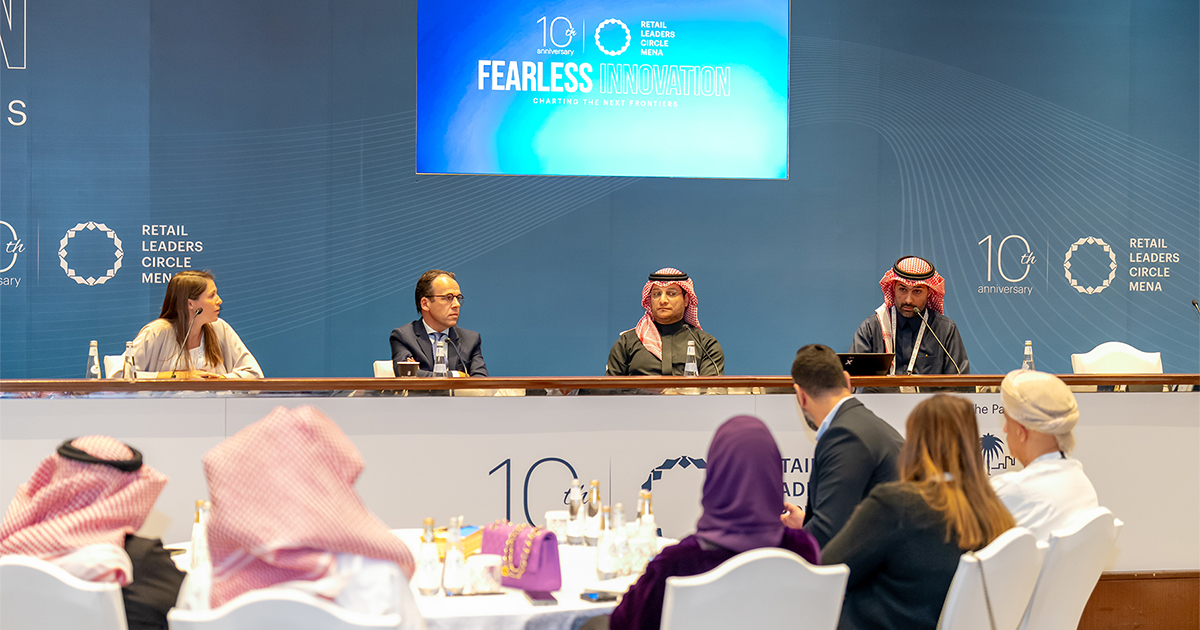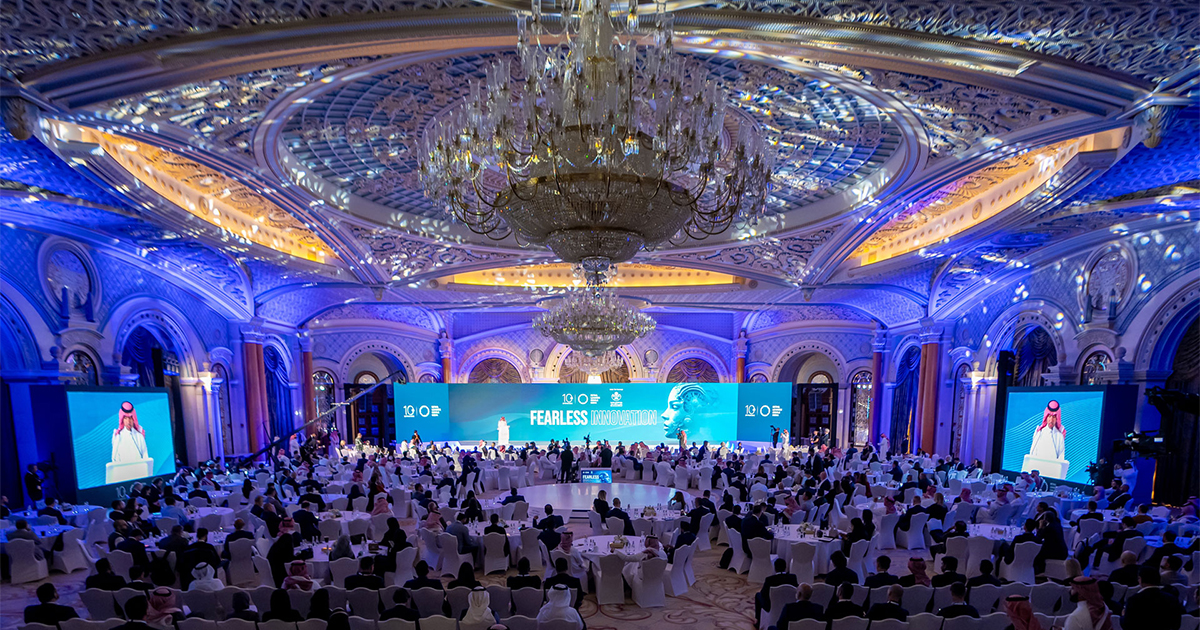With Riyadh and Jeddah projected to see an addition of over 185,000 square meters of retail space by 2025, stakeholders are examining how to adapt to the shifts in consumer preferences and integrate these developments into broader urban planning strategies.
Fahad Al Mutlaq, Deputy Minister of Urban Planning and Lands, MoMRAH, Dr. Martyn Davies, VP (Acting) and Head of Retail at the Royal Commission for Riyadh City (RCRC), and Abdullah Tamimi, CEO of Hamat Holding discussed with Pauline Coquet, Associate Partner, Bain & Company Middle East the shift towards creating retail environments that cater to the demand for convenience, leisure, and entertainment, mirroring global trends towards more immersive shopping experiences.
Digitalization and ecommerce have accelerated changes in consumer expectations, pushing for retail models that offer seamless online-to-offline experiences. This digital boom has not only expanded the retail landscape but also highlighted the need for physical retail spaces to evolve, promoting a synergy between shopping, dining, and entertainment to attract footfall.
The economic backdrop in Saudi Arabia presents a unique set of opportunities for the retail sector. Factors such as low unemployment, a vibrant non-oil economy, and infrastructural enhancements contribute to a favorable environment for retail expansion. Government reforms and initiatives aimed at bolstering private sector employment further support this growth, creating a dynamic market with a burgeoning middle class.
Urban planning and transportation infrastructure play a crucial role in supporting the retail sector’s development. Initiatives to improve accessibility and reduce traffic congestion are important for ensuring that retail hubs are conveniently reachable. Moreover, a strategic approach to urban development that includes diversification of land use and enhancement of local mobility options like cycling and walkability can significantly impact retail success.
The market dynamics in Saudi Arabia also underscore the importance of considering regional variations in social and economic conditions. Investments in retail infrastructure and operations must consider the diverse social fabric and lifestyle preferences across different regions, recognizing that strategies successful in metropolitan areas may need adjustment in secondary cities or remote areas.
Looking forward, the retail real estate sector faces the challenge of balancing supply and demand, with an influx of new projects on the horizon. Stakeholders must navigate these developments strategically, ensuring that investment decisions are informed by comprehensive market analysis and aligned with urban planning initiatives.
The collaborative efforts between government agencies, investors, and retail operators are pivotal in shaping a retail environment that not only meets current market demands but is also resilient to future shifts, securing the sector’s continued growth and contribution to the broader economic landscape.
 The question mark going forward is that in Saudi Arabia we’re building a plane while we’re flying it. The market will always be ahead to an extent. It’s up to us to create that capacity, the ease of regulation, to align the government, the tailwinds we are creating with the need of the marketplace.
The question mark going forward is that in Saudi Arabia we’re building a plane while we’re flying it. The market will always be ahead to an extent. It’s up to us to create that capacity, the ease of regulation, to align the government, the tailwinds we are creating with the need of the marketplace. 





